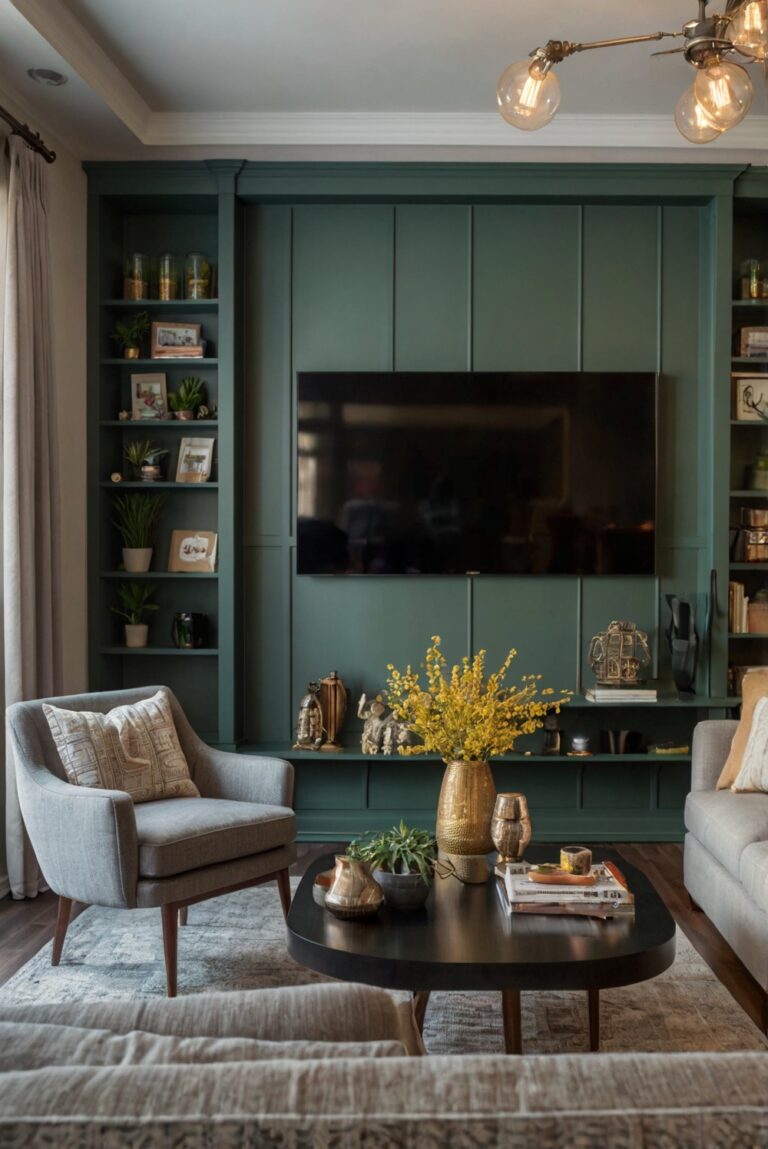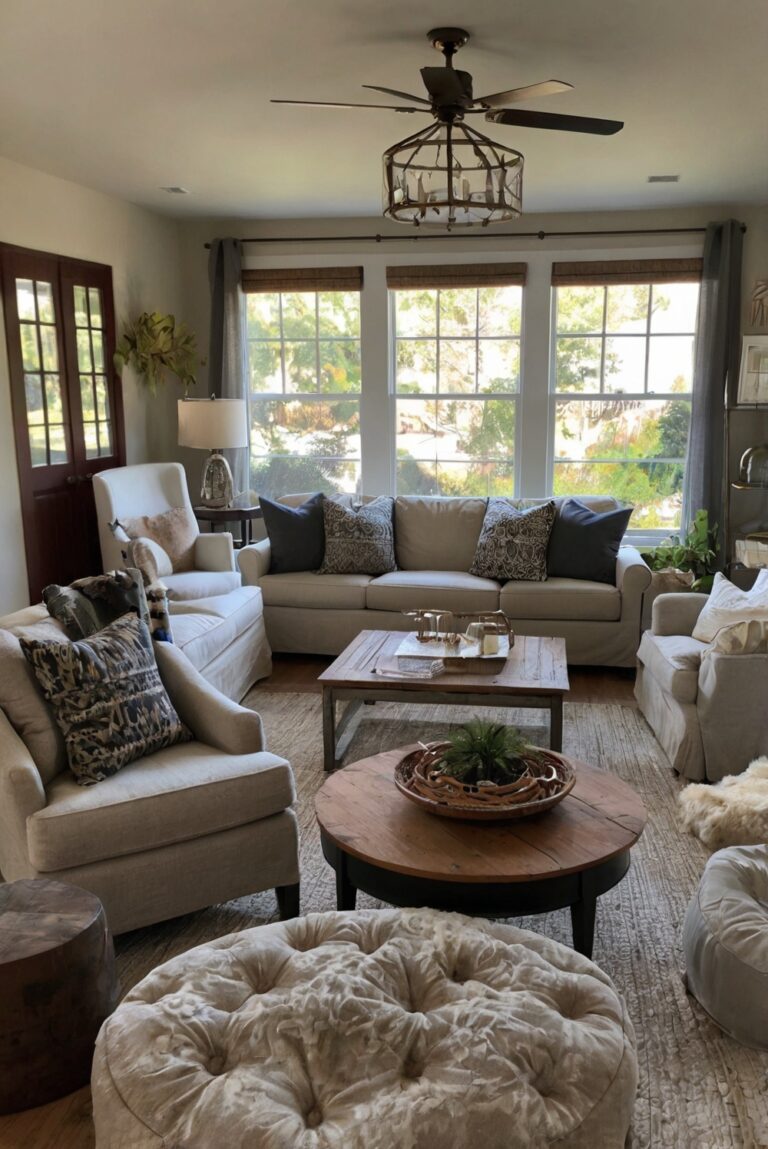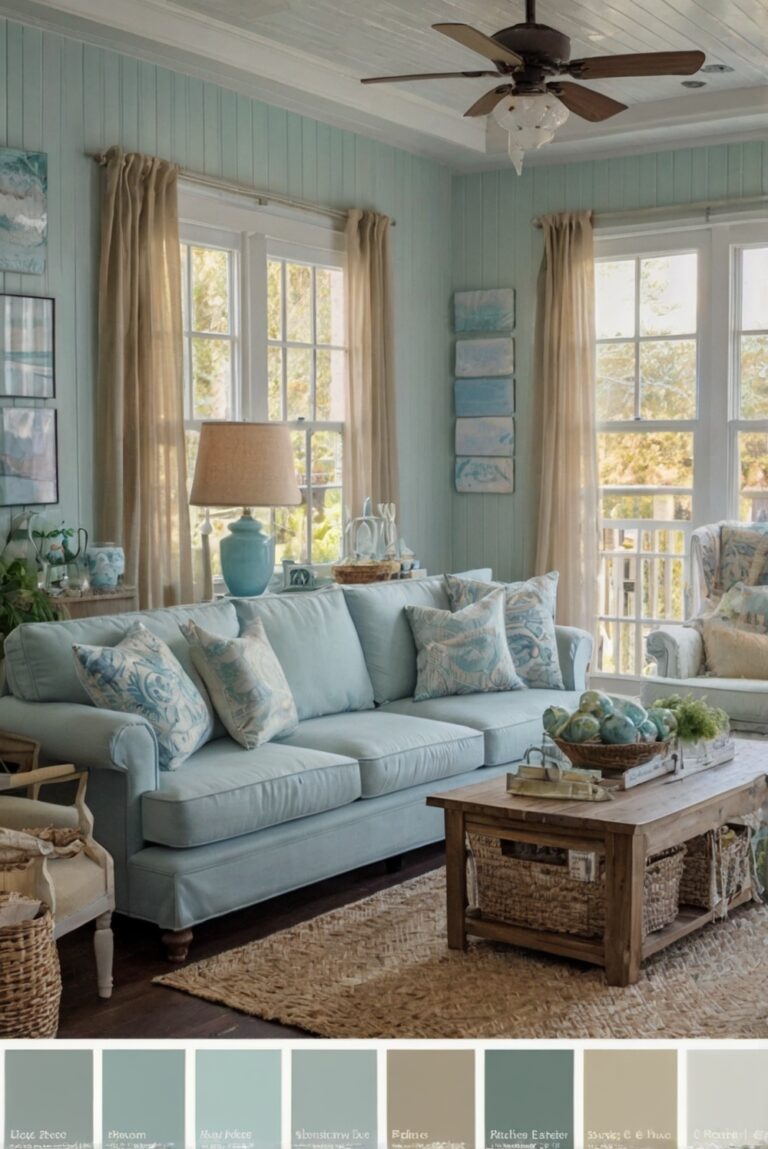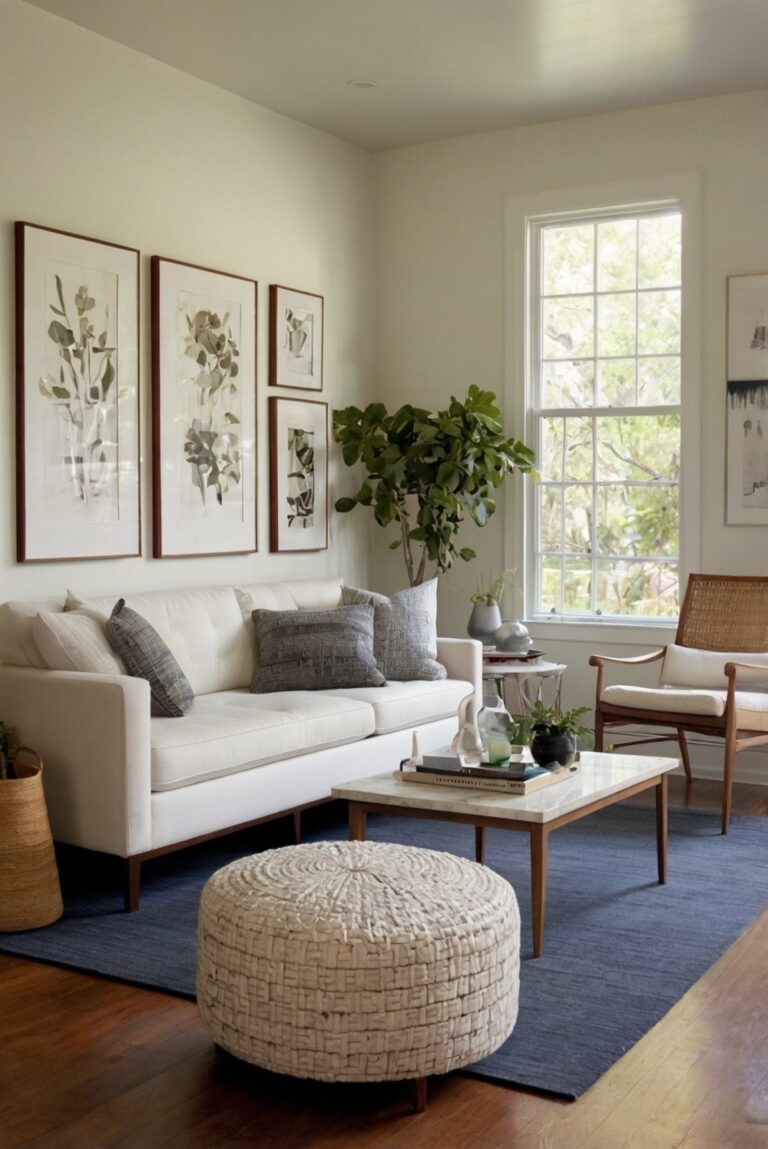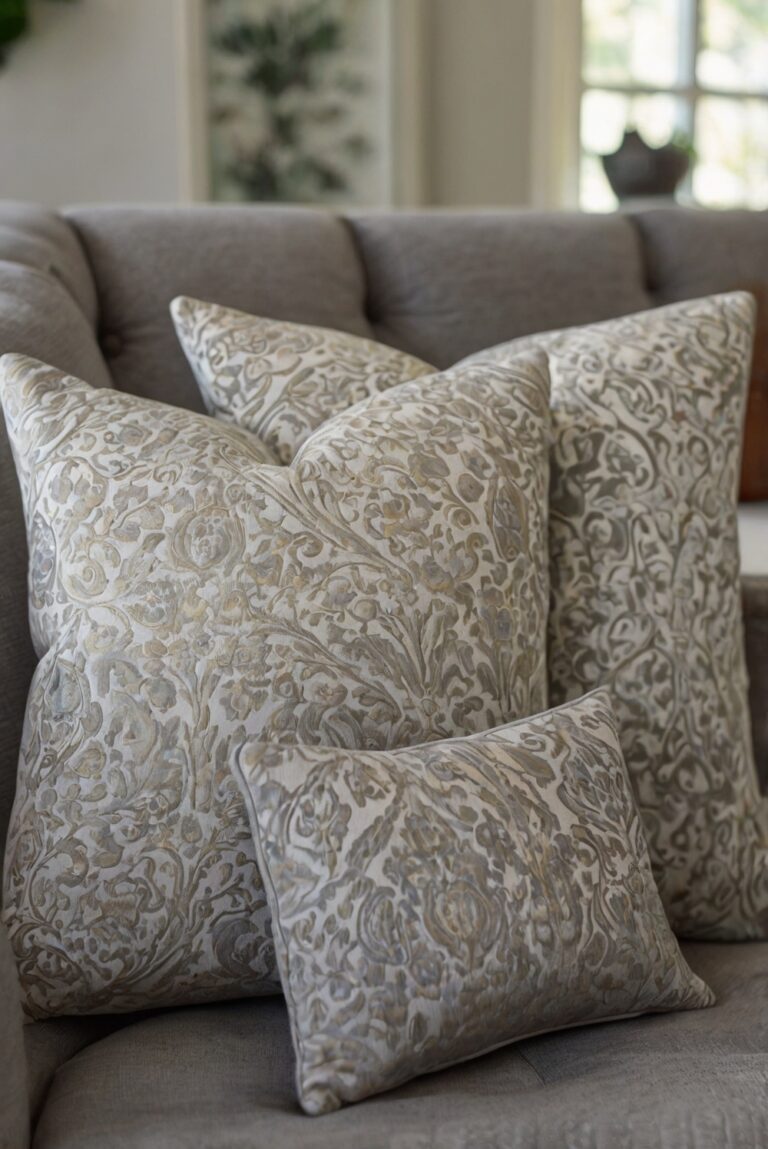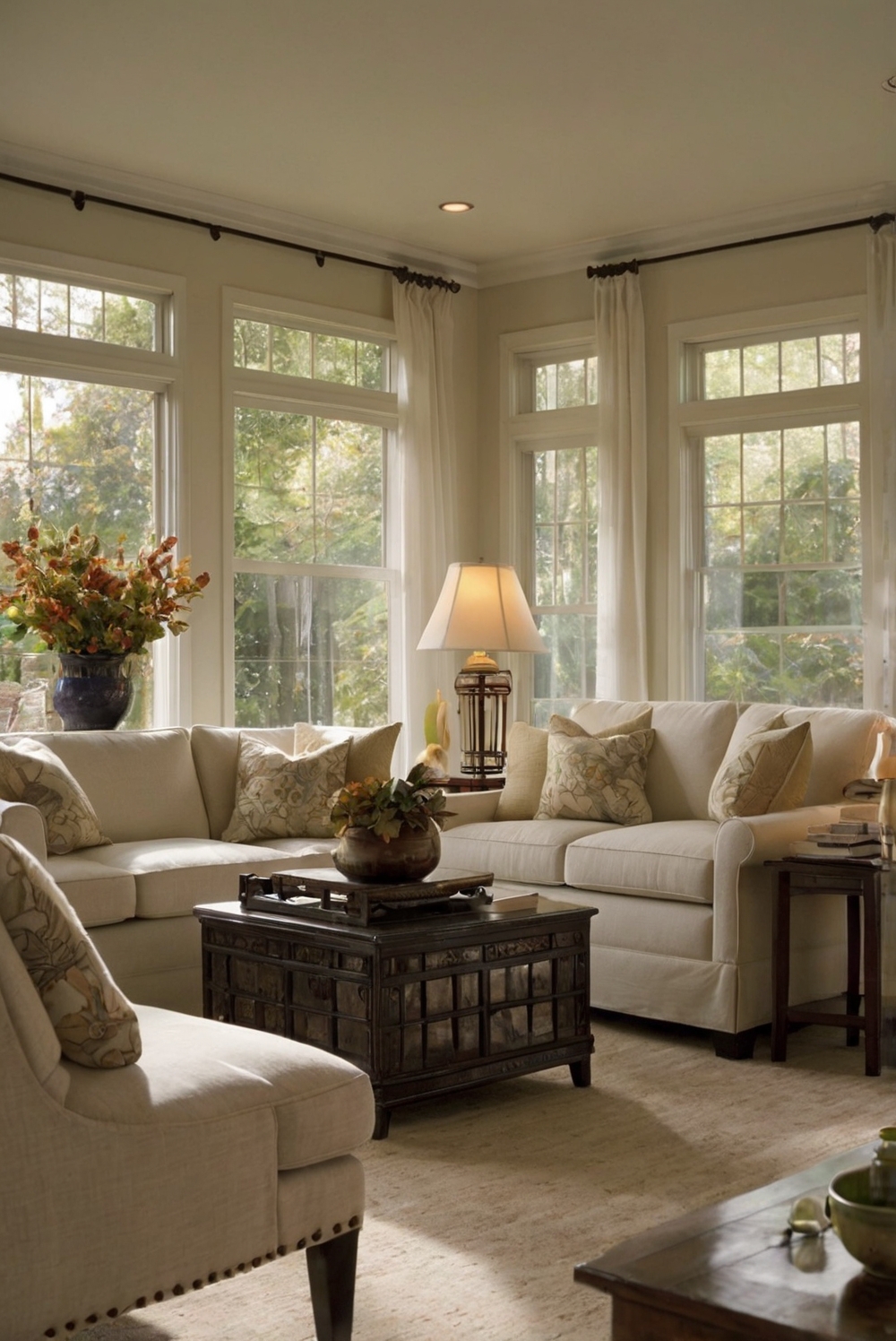
Explore essential Feng Shui principles for arranging living room furniture to create a harmonious and balanced space. Find daily interior designer routines to enhance your home decor.
Some Feng Shui principles to consider when arranging living room furniture include:
1. Create a harmonious flow of energy by arranging furniture in a circular or octagonal layout.
2. Avoid blocking doorways or windows to allow positive energy to circulate freely.
3. Position the sofa against a solid wall for stability and security.
4. Use a mix of soft and hard textures for balance.
5. Incorporate natural elements like plants or wood to bring in positive energy.
6. Choose calming colors like blues and greens for a peaceful atmosphere.
7. Ensure that mirrors are placed appropriately to reflect light and energy throughout the room.
8. Declutter regularly to maintain a clean and organized space.
9. Consider the Bagua map to enhance specific areas of your life through furniture placement.
When arranging furniture in your living room using Feng Shui principles, keep in mind the importance of balance, harmony, and positive energy flow for a peaceful and inviting space.
What are some Feng Shui principles to consider when arranging living room furniture?
What are some Feng Shui principles to consider when arranging living room furniture?
When arranging your living room furniture, it is essential to consider several Feng Shui principles to create a harmonious and balanced space. Here are some key points to keep in mind:
1. Placement of the Sofa
The sofa is the focal point of the living room and represents comfort and security. According to Feng Shui principles, it is best to place the sofa against a solid wall to provide support and stability. Avoid placing the sofa in the middle of the room or facing a door or window, as this can create a sense of insecurity.
2. Balance and Symmetry
Balance and symmetry are crucial in Feng Shui as they promote harmony and flow of energy in the space. When arranging furniture, ensure that there is a good balance of elements on either side of the room. For example, if you have a large piece of furniture on one side, balance it with a smaller piece on the other side to create symmetry.
3. Clear Pathways
It is important to create clear pathways in the living room to allow the energy (Chi) to flow freely. Avoid cluttering the space with too much furniture or accessories that can block the pathways. Ensure that there is enough space to move around comfortably without obstacles.
4. Choosing the Right Colors
Colors play a significant role in Feng Shui and can affect the energy of the space. When selecting furniture for your living room, consider using colors that promote relaxation and harmony. Earthy tones like beige, brown, and green are ideal for creating a calming atmosphere, while vibrant colors like red and orange can add warmth and energy to the room.
5. Incorporating Natural Elements
Integrating natural elements into your living room furniture arrangement can enhance the overall energy of the space. Consider adding plants, wooden furniture, or natural fabrics to bring in the grounding energy of the earth. These elements can create a sense of balance and connection with nature.
In conclusion, when arranging your living room furniture, it is important to consider Feng Shui principles to create a space that is harmonious, balanced, and filled with positive energy. By following these guidelines, you can create a living room that not only looks beautiful but also promotes well-being and positivity.
1. How should I position my sofa in the living room according to Feng Shui principles?
– The sofa should be placed against a solid wall, providing a sense of support and security. Avoid placing it directly in line with the door to prevent energy from rushing out. Additionally, incorporating a balance of elements such as wood, metal, water, and earth in the surrounding decor can enhance the overall energy flow in the room.
2. What colors should I use for my living room furniture to promote good Feng Shui?
– Opt for colors that correspond to the Bagua areas of the living room, such as green for health and family, or red for fame and reputation. Incorporating a mix of colors representing the five Feng Shui elements can create a harmonious and balanced energy in the space.
3. How can I ensure good circulation of chi in my living room through furniture arrangement?
– Avoid cluttering the space with too much furniture and ensure there is ample room for energy to flow freely. Positioning furniture in a way that allows for easy movement and access to windows and doors can help facilitate the circulation of chi throughout the room.
4. Are there specific shapes or materials I should look for in living room furniture to align with Feng Shui principles?
– Rounded or oval shapes are preferred in Feng Shui as they promote a smooth flow of energy, while sharp corners can create stagnant chi. When selecting furniture, choose natural materials like wood, bamboo, or stone to bring in grounding energy and connect with the earth element.
5. How can I create a more inviting and harmonious living room environment using Feng Shui principles?
– Incorporate elements of nature such as plants, water features, or natural fabrics to enhance the overall energy in the space. Utilize mirrors strategically to reflect light and expand the room, and consider adding meaningful artwork or decor that resonates with your personal intentions and goals for the space.

